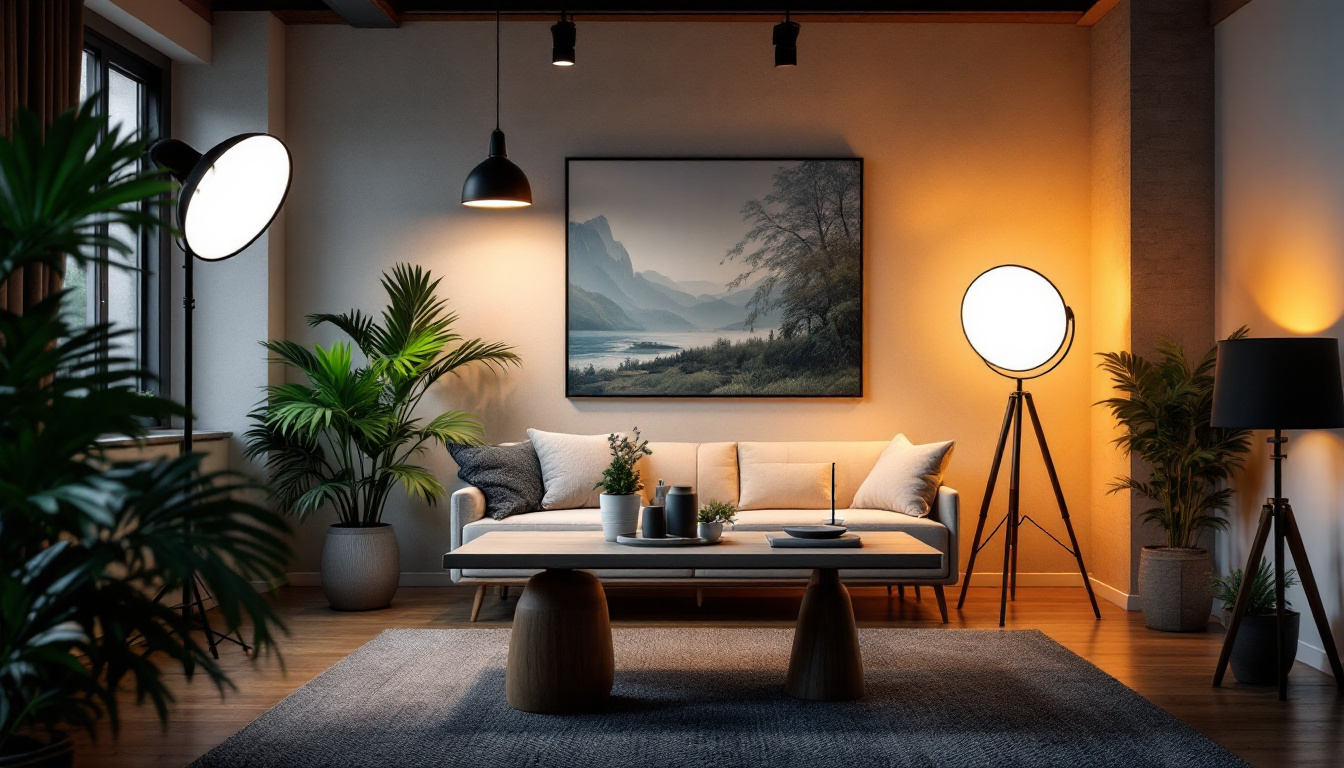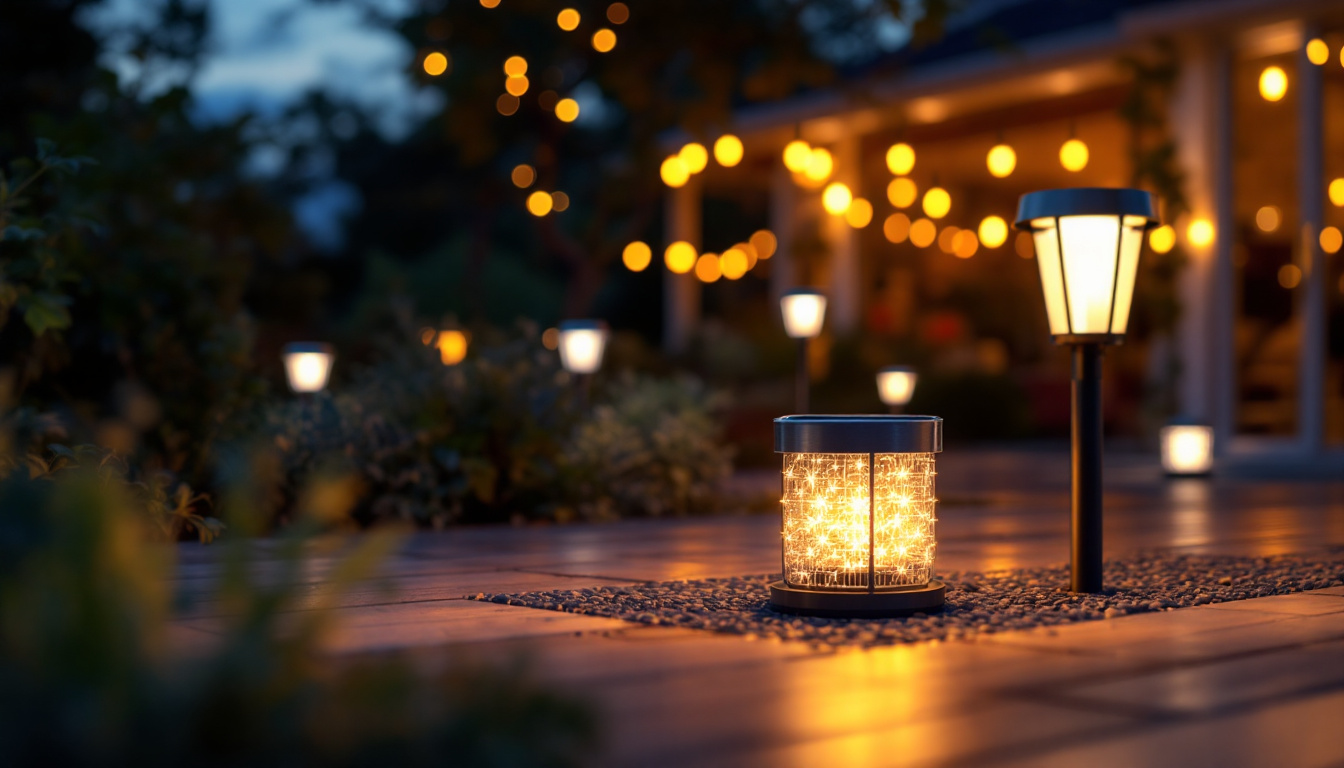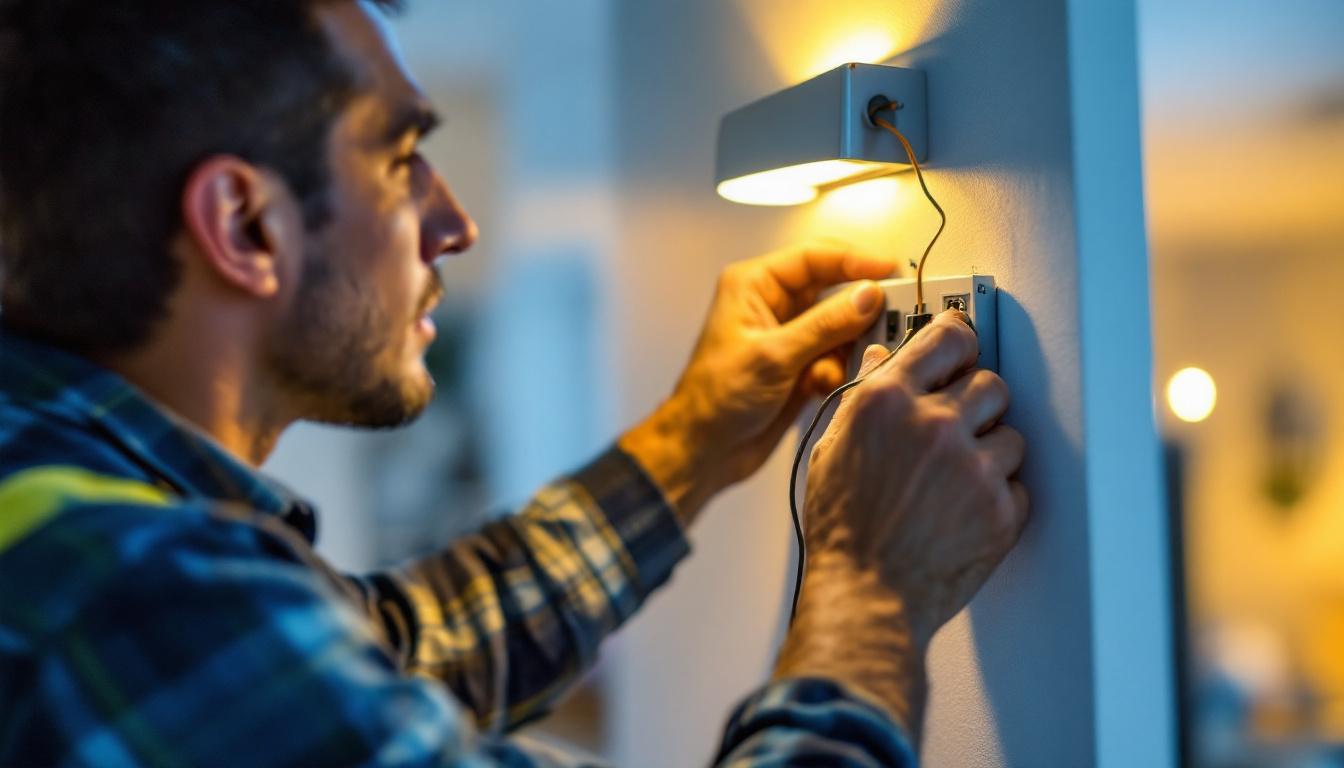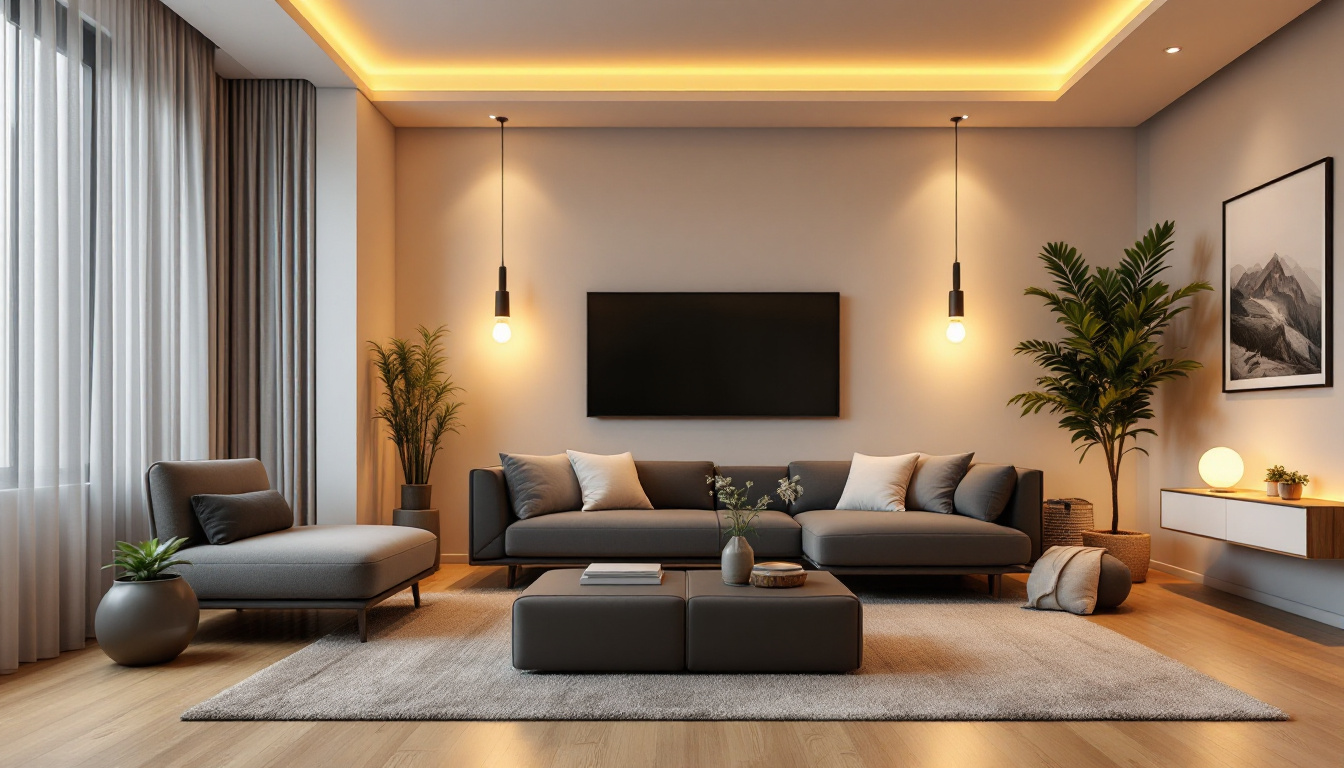
In the world of lighting installation, contractors often focus on the aesthetics and functionality of fixtures, but there are several critical aspects that may be overlooked. Among these, the integration of light fans stands out as a significant consideration that can enhance both the visual appeal and energy efficiency of a space. This article delves into the various elements surrounding light fans that lighting contractors should be mindful of to ensure a successful project outcome.
Light fans, which combine both lighting and air circulation, serve a dual purpose in residential and commercial settings. They not only illuminate a space but also provide comfort by regulating temperature. Understanding their importance can help contractors make informed decisions that benefit their clients.
One of the most compelling reasons to incorporate light fans into lighting designs is their energy efficiency. By using a light fan, clients can reduce their reliance on air conditioning during warmer months, leading to lower energy bills. This is particularly relevant in regions with hot climates, where cooling costs can significantly impact household budgets.
Moreover, many modern light fans come equipped with energy-efficient LED bulbs, further decreasing energy consumption. Lighting contractors should emphasize these benefits to clients, showcasing how light fans can be a wise investment in both comfort and sustainability. Additionally, the ability to control the fan speed and lighting intensity allows users to customize their environment, optimizing energy use based on their specific needs and preferences. This adaptability not only enhances comfort but also promotes a more eco-friendly lifestyle, aligning with the growing trend of sustainability in home design.
Light fans are available in various styles, sizes, and finishes, making them suitable for a wide range of interior designs. From sleek, contemporary models to more traditional options, there is a light fan to complement any aesthetic. Contractors should consider the overall design theme of the space when recommending light fans, ensuring that they enhance rather than detract from the existing decor.
Furthermore, the placement of light fans can dramatically alter the perception of a room. By strategically positioning them, contractors can create focal points, improve the flow of air, and enhance the overall ambiance of the space. The integration of light fans can also be a creative solution for rooms with high ceilings, where traditional lighting may fall short. By drawing the eye upward, light fans can make a room feel more expansive while simultaneously providing essential lighting and airflow. This versatility allows for innovative design solutions that can transform ordinary spaces into extraordinary environments.
Despite their advantages, there are several misconceptions surrounding light fans that can lead to poor installation choices. Lighting contractors must be aware of these myths to provide accurate information to their clients.
One common misconception is that light fans are inherently noisy. While it is true that some older models can produce unwanted noise, many modern light fans are designed to operate quietly. Contractors should educate clients about the advancements in fan technology, such as DC motors, which are known for their silent operation. This can alleviate concerns and encourage clients to consider light fans as a viable option. Additionally, the materials used in the construction of the fan blades and housing can significantly impact noise levels. High-quality materials tend to absorb sound better and contribute to a more peaceful environment, making it essential for contractors to highlight these features when discussing options with clients.
Another frequent oversight is the sizing of light fans in relation to the room dimensions. A fan that is too small may not provide adequate air circulation, while one that is too large can overwhelm the space. Contractors should take the time to measure the room and recommend appropriately sized fans to ensure optimal performance and aesthetics. Furthermore, the fan’s blade pitch also plays a critical role in its efficiency; a steeper pitch can move more air, making it suitable for larger rooms, while a flatter pitch is better for smaller spaces. This nuanced understanding of fan design can empower contractors to make more informed recommendations that align with their clients’ specific needs.
In addition to size, the height at which a fan is installed is crucial. Fans should be positioned at least seven feet above the floor for safety and efficiency. Contractors should always consider the ceiling height and room layout when making recommendations. It’s also worth noting that in rooms with sloped ceilings, specialized mounting kits may be necessary to ensure the fan hangs correctly and operates efficiently. This attention to detail not only enhances the fan’s performance but also contributes to the overall aesthetic appeal of the room, allowing clients to enjoy both functionality and style in their living spaces.
proper installation is essential for the performance and longevity of light fans. Lighting contractors should adhere to best practices to avoid common pitfalls that can lead to dissatisfaction or safety hazards.
Before installation, it is vital to assess the electrical capacity of the existing wiring. Light fans require a dedicated circuit, especially if they include multiple light sources or advanced features such as remote controls or smart technology. Contractors should ensure that the electrical system can handle the additional load to prevent potential issues down the line.
Additionally, using the correct mounting hardware is crucial. Ceiling fans should be mounted securely to prevent wobbling or falling. Contractors should always follow the manufacturer’s guidelines and local building codes to ensure a safe and reliable installation.
It’s also important to consider the type of switch that will be used for the fan. Dimmer switches can enhance the ambiance of a room, but not all fans are compatible with them. Contractors should verify compatibility to avoid flickering lights or damage to the fan’s motor. Furthermore, installing a wall control or remote that allows for variable speed settings can significantly improve user experience and energy efficiency, making it a worthwhile investment during the installation process.
After installation, balancing the light fan is an often-overlooked step that can significantly affect its performance. An unbalanced fan can create noise and reduce its lifespan. Contractors should take the time to check the balance and make adjustments as necessary. Proper alignment is also essential; fans should be installed in line with the room’s focal points to enhance the overall aesthetic.
Moreover, the height at which the fan is installed plays a critical role in its effectiveness. Ideally, the fan blades should be positioned 7 to 9 feet above the floor for optimal airflow and safety. In rooms with high ceilings, a downrod may be necessary to achieve this height. Additionally, ensuring that the fan is centered in the room will maximize its cooling capabilities and provide even air distribution, which is especially important in larger spaces. By taking these factors into account, contractors can ensure that the light fan not only looks good but also functions efficiently, providing comfort and satisfaction to the end-user.
As technology continues to evolve, so too do light fans. The integration of smart technology has transformed the way these fixtures are used, offering contractors new opportunities to enhance their services.
Many modern light fans come equipped with remote controls or app functionality, allowing users to adjust settings from their smartphones or tablets. This feature adds convenience and flexibility, making it easier for clients to control lighting and airflow according to their preferences. Contractors should familiarize themselves with these technologies to provide clients with up-to-date options.
Moreover, integrating light fans with smart home systems can enhance the user experience. Contractors should consider recommending fans that are compatible with popular smart home platforms, allowing clients to incorporate them into their broader home automation systems.
Some smart light fans offer energy monitoring capabilities, providing users with insights into their energy consumption. This feature can be particularly appealing to environmentally conscious clients who want to track their energy usage and make informed decisions about their consumption habits. Lighting contractors should highlight these benefits to clients interested in sustainability.
To ensure the longevity and optimal performance of light fans, regular maintenance is essential. Lighting contractors should educate clients on proper care and maintenance practices to extend the life of their installations.
Light fans can accumulate dust and debris over time, which can affect their performance and appearance. Contractors should advise clients to clean their fans regularly, using a soft cloth or duster to remove dust from the blades and housing. This simple maintenance task can help prevent operational issues and keep the fan looking its best.
Additionally, contractors should recommend that clients check the fan’s mounting hardware periodically to ensure that everything remains secure. Loose screws or brackets can lead to safety hazards and decreased performance.
Light fans often come with a reversible motor, allowing them to operate in both clockwise and counterclockwise directions. In the summer, fans should rotate counterclockwise to create a cooling breeze, while in the winter, a clockwise rotation can help circulate warm air. Contractors should remind clients to adjust the fan direction seasonally to maximize comfort and efficiency.
Incorporating light fans into lighting designs presents numerous advantages, from energy efficiency to enhanced comfort. However, lighting contractors must be vigilant about the common oversights associated with these fixtures. By understanding the importance of light fans, dispelling misconceptions, adhering to installation best practices, embracing smart technology, and promoting maintenance, contractors can elevate their service offerings and ensure client satisfaction.
Ultimately, a well-integrated light fan can transform a space, providing both functional and aesthetic benefits. By prioritizing these often-overlooked elements, lighting contractors can position themselves as knowledgeable professionals who deliver exceptional results in every project.
Ready to take your lighting installations to the next level? At LumenWholesale, we provide lighting contractors with the finest spec-grade light fans and lighting products at unbeatable wholesale prices. Say goodbye to local distributor markups and hello to our premium selection that meets the highest industry standards. With free shipping on bulk orders, you can trust that you’re getting the best value without any hidden costs. Elevate your lighting projects with the quality, affordability, and convenience that only LumenWholesale can offer. Don’t miss out on our exceptional deals – explore our Wholesale Lighting at the Best Value today and light up your spaces with confidence.

Discover the pivotal role Magna Light Distributors play in modern lighting installations.

Discover innovative strategies from expert lighting contractors on harnessing solar power for outdoor illumination.

Discover how the choice of wall sconce electrical boxes can significantly influence the efficiency and aesthetics of lighting projects for contractors.

Discover how LED light bulbs can transform your recessed lighting into an energy-efficient and stylish solution.